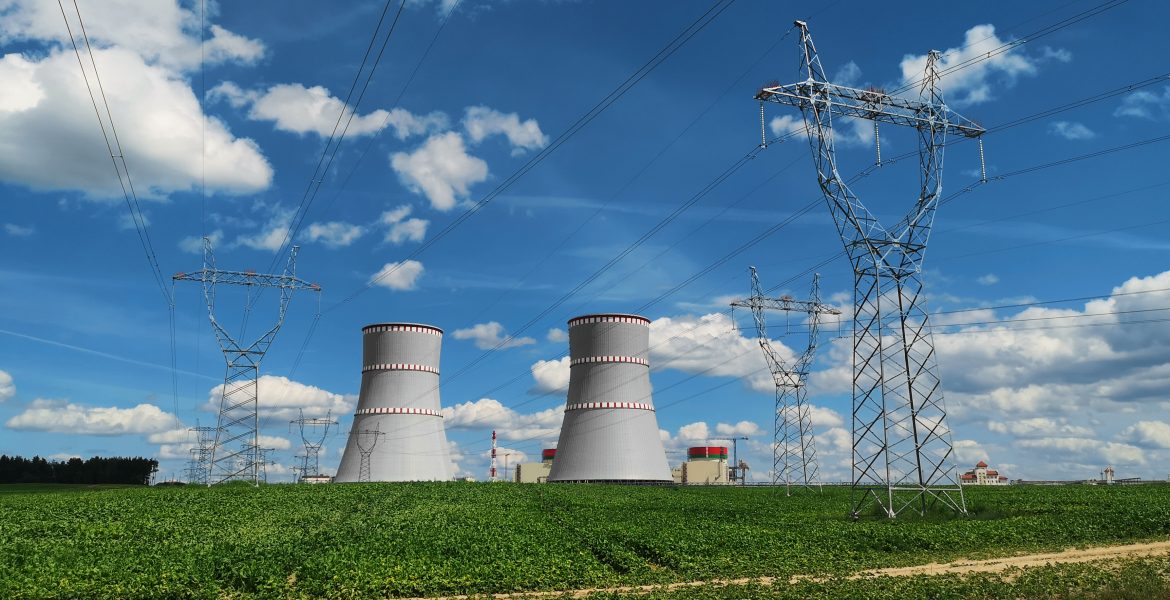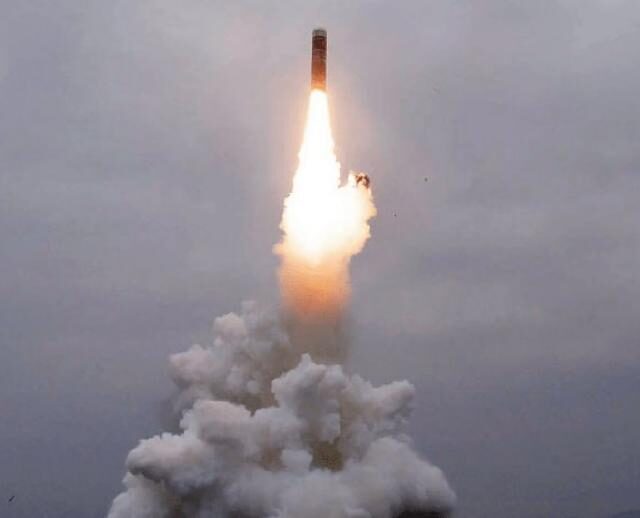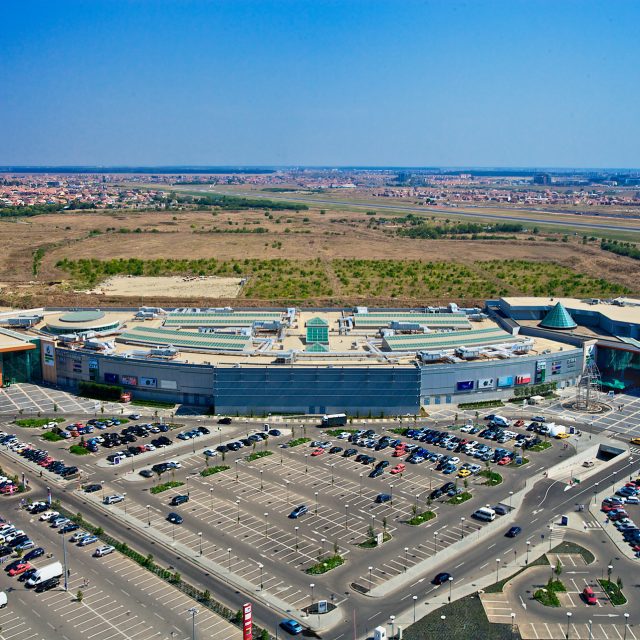Nuclear energy is an issue like few others, dividing opinion in the extreme over its safety and role in the energy mix.
But construction work on new nuclear plants continues apace, with the latest being in Belarus with the Astravets nuclear power plant (NPP).
Building work on the twin-reactor plant is coming to an end and it is expected to come fully online next year. The legacy of the Chernobyl disaster in 1986 has created a sensitivity to nuclear power and some now ask: is Astrovets really safe?
The reactor design used at the Belarus plant is from the state-owned nuclear power company Rosatom, a market leader in new nuclear build export, with Russia also providing Belarus with a credit line of up to $10bn, which cover the bulk of the cost of the plant.
Neighbouring Lithuania has voiced the most vocal objections, as the reactor is being built only 45km from its capital Vilnius.
Lithuania has even bought half a million iodine tablets and held drills to prepare for a nuclear emergency of the plant. Lithuania, it should also be noted, has turned to natural gas to replace nuclear power, which has also pushed up its CO2 emissions by 13%.
The new plant is based on pressurized water reactor (PWR) technology, which are used in two thirds of all nuclear power stations in the world. In the 65 years the PWR reactors have been in use in the nuclear energy sector the UN nuclear watchdog, IAEA, has never reported any fatality associated with them. The reactors deployed in Belarus belong to the latest generation which, according to the IAEA, meets the strictest post-Fukushima requirements.
Rosatom says its design is now “the most common new build design in the world, with 35 power units being selected by utilities and watchdogs in 12 countries including Finland, Hungary, China, India and Turkey.” Construction of Astrovets has been under international supervision for some time, not least as the Belarusians are as keen as the Lithuanians to make sure the reactor is as safe to use as possible.
The project, though, has been thoroughly reviewed by international inspectors and in 2016 the IAEA’s then Director-General, Yukiya Amano, called Belarus “one of the world’s most advanced nuclear newcomer countries”.
In 2017, Belarus itself agreed to conduct EU nuclear safety ‘stress-tests’ and allow the results to be peer-reviewed by the EU nuclear safety body, the European Nuclear Safety Regulators Group (ENSREG), which said the plant could withstand the most extreme natural calamities. The Lithuanians themselves were invited in July 2018 as part of a delegation of EU and non-EU experts. The mission concluded the Belarusian nuclear power plant has “generally” met the requirements of a European Union “stress test” designed to avert repeats of the 2011 Fukushima disaster.
In August 2019 the IAEA sent a 15 strong team, composed of IAEA officials and experts, which came to a similar conclusion.

“Evidence is mounting that to keep on a sustainable and low-carbon energy path we need to rapidly accelerate the amount of new nuclear capacity built and connected to the grid globally. The 2.4 GW of new nuclear capacity in Belarus will be a vital contribution to achieving this goal.”
Dr. Sama Bilbao y León, Director General of the World Nuclear Association.
But as nuclear experts praise the project and the IAEA’s Director General Rafael Grossi confirmed that the agency “has found no reason for the plant not to operate” concerns continue to be voiced, mostly by Lithuania which says it remains unconvinced. Linas Linkevicius, Lithuania’s foreign minister, criticized the plant’s opening, saying the Astrovets plant has unresolved safety issues and also described the project as “geopolitical.”
Indeed, in October 2019 Lithuania’s president called for the EU to block the completion of the plant, a demand that was rebuffed by the 27-strong bloc. It isn’t just the Belarus site that has attracted criticism. Construction on unit 3 of the French Flamanville plant, which houses a third-generation pressurised water reactor, began in 2007 but, following a series of safety concerns, commercial operations have been delayed to late 2022. Energy specialist Jean-Marie Berniolles highlights another issue: the “weaponization of nuclear safety.”
He says this has led to the shutdown of operational NPPs, the stopping of research on advanced reactors, and the increasing of the cost of NPPs under construction. “For evidence of this,” he says, “look no further than the EPR at Flamanville and thee Astrovets NPP in Belarus.” He goes on, “It’s standard practice now to invoke Fukushima and Chernobyl in one breath whenever nuclear reactors, in operation or under construction, are discussed in public and political discourse, routinely by largely exaggerating the overall consequences from these accidents. This is proof of an increasingly ideologically tainted viewpoint entirely divorced from scientific facts.
Climate emergencies such as the recent devastating floods in Belgium and Germany have again put the spotlight firmly on climate change. The current debate is also focusing on Europe’s energy mix in the coming decades and, crucially, the role the nuclear industry will have in this.




